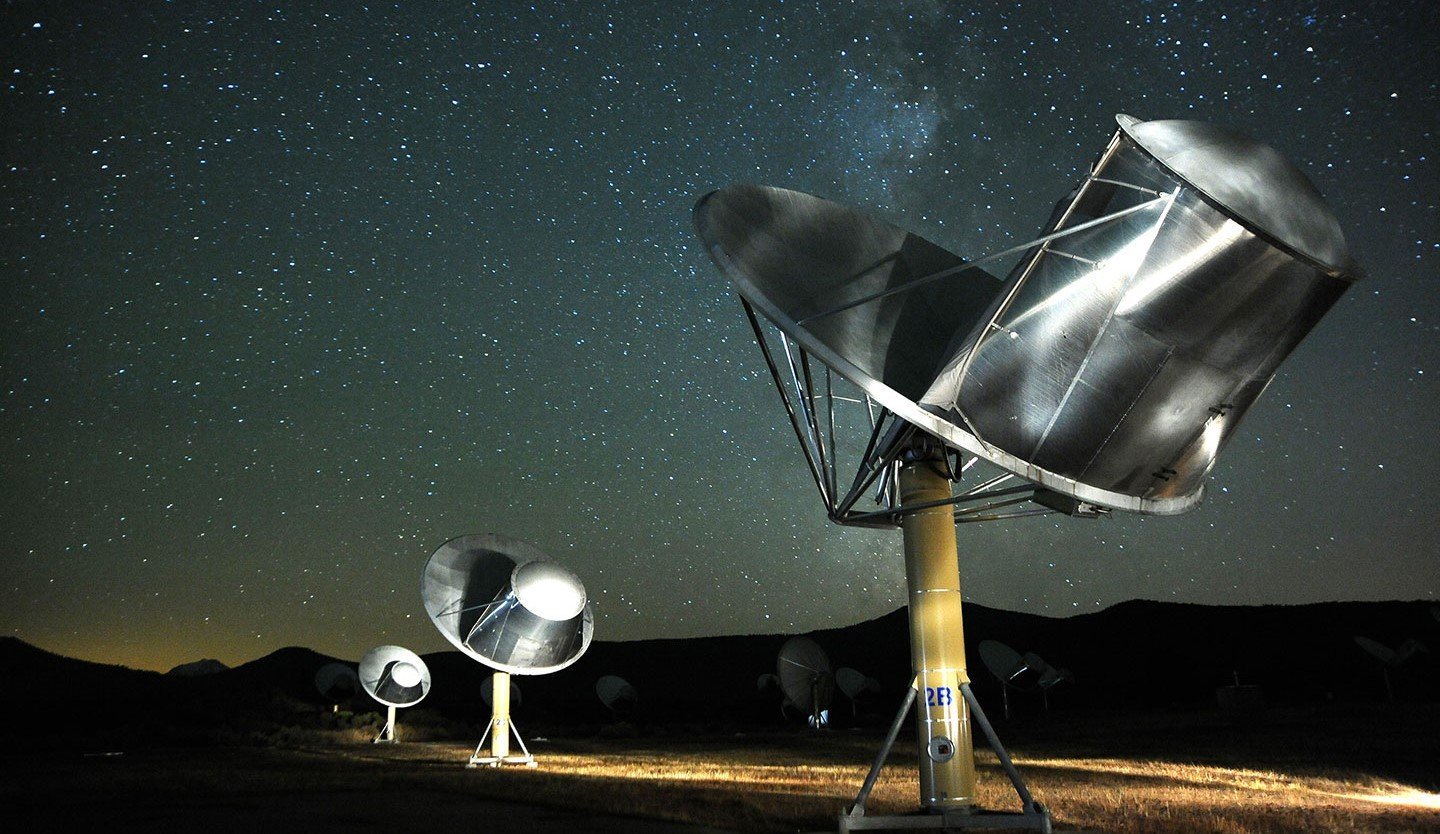**The Search for Extra-Terrestrial Intelligence (SETI) Is Evolving**
The Search for Extra-Terrestrial Intelligence (SETI) is undergoing significant changes. We’ve moved beyond the limited approach of merely monitoring radio waves to exploring a variety of other potential signs of alien intelligence — from interstellar laser emissions to budding Dyson swarms around stars.
To keep pace with these advancements and our expanded understanding of how we might detect extraterrestrial intelligence, the International Academy of Astronautics (IAA) is updating its protocols. These protocols guide researchers on what to do following a confirmed detection of intelligent life beyond Earth.
### Updating the SETI Post-Detection Protocols
The IAA’s new recommendations are detailed in a pre-print paper available on arXiv. They were also voted on during the 2025 International Astronautical Congress (IAC) held in Sydney, with potential full adoption expected early next year.
This update represents the most significant revision in the 36 years since the original protocol was established. The IAA first introduced a “Declaration of Principles” in 1989 to outline humanity’s response to a confirmed alien signal. The protocol was revised in 2010, but those changes were mostly streamlining with few substantive differences.
The current update is markedly different in several important ways. It aims to address the growing complexity of managing such a groundbreaking discovery within today’s highly sensitive and interconnected world — especially in the era of social media.
### Protecting Researchers and Managing Information
One major focus is protecting researchers who announce the discovery from potential online harassment or worse. As information can spread rapidly and sometimes irresponsibly on various platforms, the updated protocol emphasizes safeguarding scientists involved in such announcements.
The protocol also includes clear guidelines on verifying detected signals or data. It recommends methods for authenticating findings, proper storage of data in at least two geographically separate locations, and ensuring that the software used for analysis is accessible to multiple stakeholders. These steps are designed to promote transparency and collaborative verification of any potential discovery.
### Responding to a Direct Extraterrestrial Message
Perhaps the most consequential change concerns whether humanity should respond to a direct message from extraterrestrial intelligence. Previous versions of the protocol assumed that sending a reply was appropriate, often with few restrictions.
The updated document, however, firmly suggests that researchers should **not** send any response until the issue has been thoroughly discussed at the United Nations. This is a prudent stance, considering the far-reaching implications of communicating with alien civilizations. That said, securing consensus from the UN on such matters remains a challenging prospect.
### Clarifying the Distinction with METI
It is important to clarify that this suggested moratorium on replying to direct messages does **not** affect the broader concept of Messaging Extraterrestrial Intelligence (METI). METI refers to proactively sending high-powered signals to nearby promising star systems in hopes of attracting alien attention.
METI remains even more controversial than passive SETI searches for signals or so-called “technosignatures.” While some organizations, including the IAA, have issued position papers on METI, there is yet no formalized, ratified protocol governing these activities.
### Additional Recommendations
If a detected signal happens to be electromagnetic (the original target of SETI efforts), the updated protocol advises petitioning the International Telecommunications Union (ITU) — the global regulator of wireless spectrum — to free up the bandwidth on which the signal was received. This could reduce manmade interference and provide legal grounds to prevent noise or jamming, enhancing further study.
### A Protocol for a More Complex World
Overall, the message from the newly proposed protocols is clear: the world has grown significantly more complex in the past fifteen years, both politically and socially, as well as in our understanding of what a SETI discovery entails.
No single organization claims to have all the answers for handling such a profound event. However, the IAA’s careful, multi-year revision process — involving multiple rounds of feedback and consultation — has been exemplary.
The final step, assuming the simple majority vote in Sydney is upheld, will be ratification by the IAA’s board. This approval will empower the sub-committee responsible for the update to continue their critical, though often underappreciated, work — which could one day prove vital to humanity’s response to extraterrestrial contact.
—
### Learn More
– M. A. Garrett et al., *SETI Post-Detection Protocols: Progress Towards a New Version*
– [UT Setting Bounds On SETI](#)
– [UT Scientists are Planning for Life After Finding Aliens](#)
—
*Interview Highlight:*
Fraser speaks with Seth Shostak from the SETI Institute to discuss these protocol updates and ponder the ongoing question: is SETI worth the effort?
https://www.universetoday.com/articles/what-do-we-do-if-seti-is-successful
